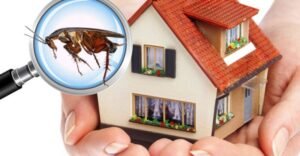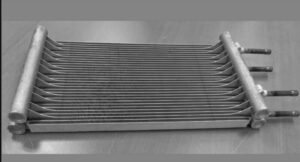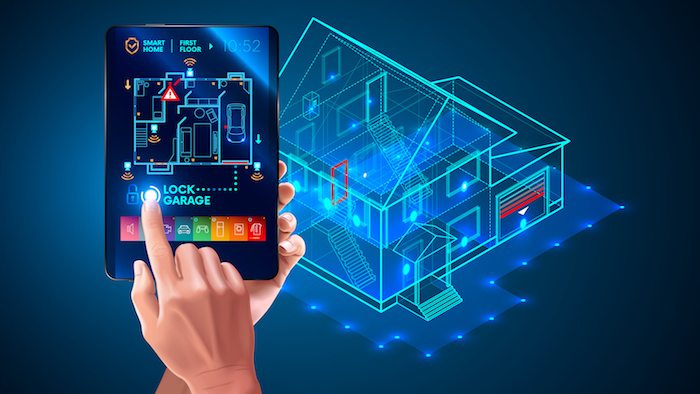Posted in
Home Improvement
Protected: Why Is Building Pest Inspection is Necessary for New Homes?
You May Also Like
Posted in
Home Improvement
The Versatility of Microchannel Heat Exchangers
Posted by
Erica Jones
Posted in
Home Improvement
5 advantages of smart homes and how they improve your life
Posted by
Peeper Vines
Posted in
Home Improvement
How can you Increase the Resale Value of your Home?
Posted by
Peeper Vines









